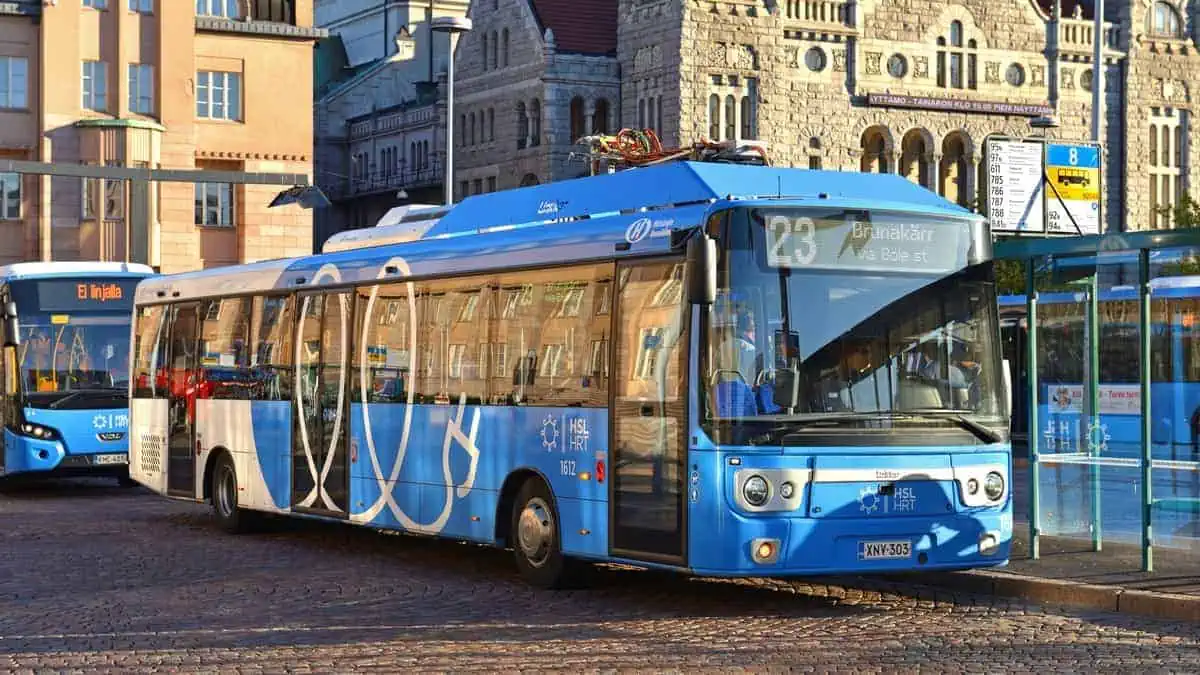Oslo is on track to be the first capital city in the world with an all-electric public transport system, as per Euronews.
Norway’s capital aims to reach this goal by the end of 2023. It is a part of its goal to become the world’s first zero-emission city by 2030.
The change in transport will replace the city’s diesel-powered buses with 450 electric vehicles. The new electric buses are introduced in a 500 million crown (€48 million) plan that Oslo’s Vice-Mayor Sirin Stav, responsible for environment and transport, said will save the city money in the long run. During the city’s last bid, E-buses were about 5 percent less expensive than their diesel equivalent.
“The maintenance is cheaper, it’s also cheaper for the operators of the electric buses,” says Sirin. “All in all, this is a win-win situation.”
In addition to the plan for an all-electric public transport network, the city aims to reduce air and noise pollution. Since the majority of Oslo’s public transport networks, such as buses, trams, and ferries, are already electric.
As governments and activists prepare for the COP27 UN climate summit in Egypt next month, Sirin Stav encourages other cities to follow Oslo’s initiative.
“Bus rollout marks an important step forward for the city,” says Ingvild Roerholt, Norwegian environmental group ZERO’s adviser on transport questions. “However, it is important that Oslo going forward makes sure there is transparency in how much emissions are associated with the production of these ferries and vehicles.”
Furthermore, Avinor, which operates Norway’s airports, announced that it plans to electrify the shuttle bus network to try and save 140,000 liters of diesel annually.
Although Norway’s shift to zero-emission transportation contrasts with its position as a major oil and natural gas supplier and producer. However, this is an essential part of ensuring an emission-free future.






